Stories Category: Intensive Care
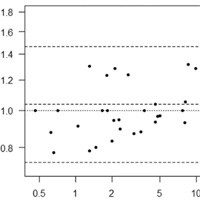
Validation of a Point-of-Care Capillary Lactate Measuring Device
Lactate Pro 2 had good agreement with the reference method using arterial blood but poorer agreement using venous blood. Our results show the potential for overestimation of the lactate values in haemodynamically compromised... read more
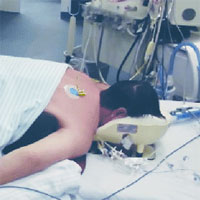
Prone Positioning in Non-intubated Patients with COVID-19
As the COVID-19 pandemic has put severe stress and strain on the capacity of hospitals around the world, concerted efforts have been made to evaluate therapeutics aimed at preventing the need for mechanical ventilation. The... read more

Timing of Endoscopy for Acute Upper Gastrointestinal Bleeding
In patients with high risk upper GI bleeding, who were treated with pre-endoscopy PPI and were not in persistent shock, an endoscopy performed at a median of 10 hours vs. a median of 25 hours post presentation did not reduce... read more
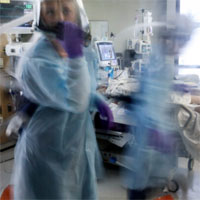
ICU Capacity is More About the Clinicians Than The Number of Beds
Each time communities experience surges of COVID-19, concerns arise over the availability of hospital and intensive care unit beds in affected regions. To monitor ICU capacity, several states have begun to track and publicly... read more
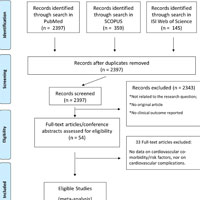
Impact of Cardiovascular Risk Profile on COVID-19 Outcome
This study investigates the extent of cardiac comorbidities and complications among hospitalized patients with COVID-19. Cardiovascular complications are frequent among COVID-19 patients, and might contribute to adverse... read more

Acid-Base, Fluids, and Electrolytes Made Ridiculously Simple
A brief, highly readable book providing the clinician with a straightforward approach to solving even the most complex, acid-base, fluid, and electrolyte problems. Useful to medical students, interns and residents, nurses... read more
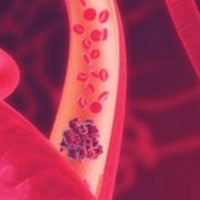
Post-Hospital VTE in Patients with COVID-19
The authors concluded that the rate of post-hospital venous thromboembolism (VTE) among patients with COVID-19 is low and that routine post-hospital prophylaxis is not necessary. Of the 1,877 hospital admissions with COVID-19... read more
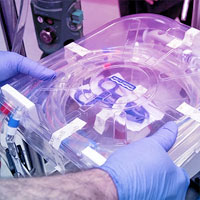
Safety and Feasibility of Early Physical Therapy for Patients on ECMO
With a highly trained multidisciplinary team and a focus on restoring function, it is feasible and safe to deliver early rehabilitation including standing and ambulation to patients on extracorporeal membrane oxygenation... read more
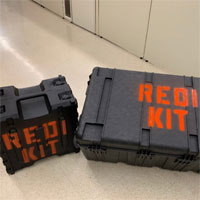
Philips Launches COVID-19 Rapid Equipment Deployment Kit for ICUs
Royal Philips introduced its Rapid Equipment Deployment Kit for ICU ramp-ups, allowing doctors, nurses, technicians and hospital staff to quickly support critical care patient monitoring capabilities during the COVID-19 pandemic.... read more

Right Heart Thrombus in Transit Diagnosed With Focused Cardiac Ultrasound
Pulmonary embolism (PE) is a potentially fatal entity that is frequently diagnosed in the emergency department (ED). Emergency physicians (EPs) routinely perform focused cardiac ultrasound (FOCUS) to support a prompt ED diagnosis... read more
Which One is Better? Chlorhexidine-impregnated Sponge or Chlorhexidine Gel Dressing
A similar infection risk for gel-dress and sponge-dress. Gel-dress showed fewer dressing disruptions. Concomitant use of CHG for skin disinfection and CHG-impregnated dressing may significantly increase contact dermatitis. A... read more
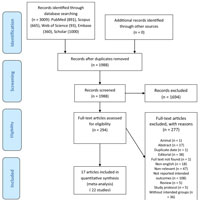
Laboratory Features of Severe vs. Non-severe COVID-19 Patients in Asian Populations
This meta-analysis provides evidence for the differentiation of severe cases of COVID-19 based on laboratory test results at the time of ICU admission. Future well-methodologically designed studies from other populations... read more

Fit-testing of N95/P2-masks to Protect Healthcare Workers
In the context of COVID-19, well fitted respirators e.g. N95/P2-masks are recommended as part of personal protective equipment when performing aerosol generating procedures. Fit-checking is recommended prior to donning... read more
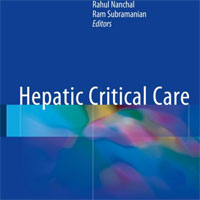
Hepatic Critical Care
This book focuses on the critical care of the patient with acute, acute on chronic and chronic liver failure as well as the peri-operative care of the patient with liver transplantation. Each of these disease processes is... read more
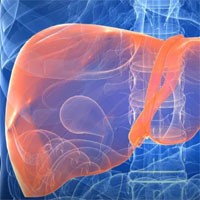
Acute on Chronic Liver Failure in the ICU
Liver Failure may constitute one of the least favorite disease processes for anyone routinely taking care of critically ill patients. Intensivist and hepatology circles have begun to describe a specific population known as... read more

ICU Trends for Patients with COVID-19 in England, Wales and Northern Ireland
Observed trends suggest opposing effects of ICU strain and clinical learning. Further investigation is needed to identify modifiable system factors that could alleviate strain in future epidemics and changes in clinical practice... read more

The Night in the ICU
They say that in the world of the intensive care unit (ICU), there is no night. It can be qualified as a lesser day, but not really as a night. The hustle and bustle may be slower, patient flow and activity may be less, conversations... read more








